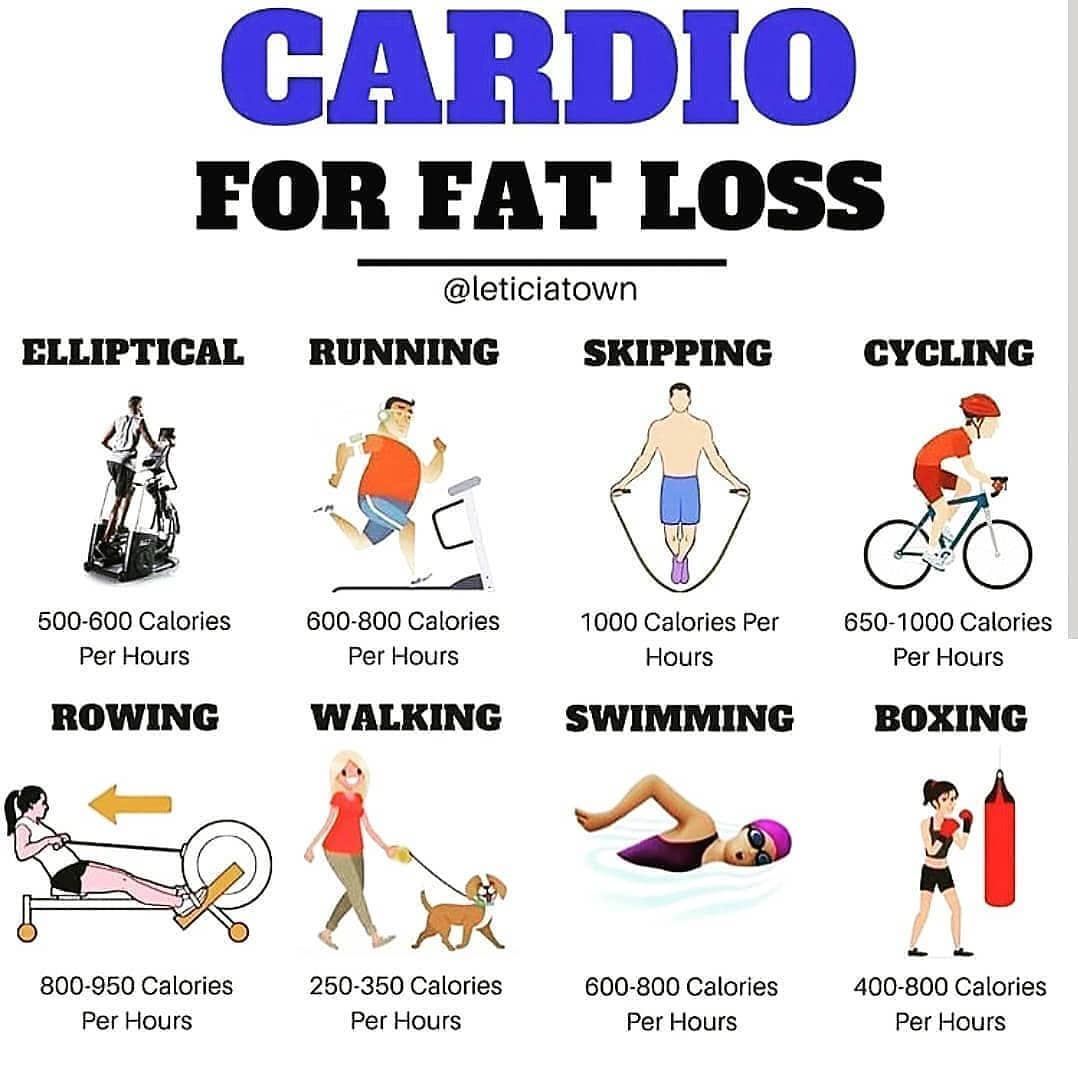
Steady-State Cardio: Which is Better for Fat Loss?
admin
- 0
Cardiovascular exercise is a crucial component of any fitness regimen, particularly for individuals aiming to shed excess body fat. When it comes to cardio, there are two main approaches: steady-state cardio and high-intensity interval training (HIIT). While both methods have their merits, there is an ongoing debate about which one is more effective for fat loss. In this article, we will delve into the topic and explore the benefits and drawbacks of steady-state cardio.
What is Steady-State Cardio?
Steady-state cardio, also known as low-intensity steady-state (LISS) cardio, refers to working out at a consistent, moderate intensity for an extended period. This could involve activities such as jogging, cycling, swimming, or using an elliptical machine. The goal is to elevate your heart rate and maintain it at a steady level throughout the exercise session, typically for a duration of 30 minutes or more.
One of the primary advantages of steady-state cardio is its accessibility. People of all fitness levels can engage in this type of exercise, making it suitable for beginners or individuals with physical limitations. Steady-state cardio is also a great option for those seeking cardiovascular conditioning, improving endurance, and enhancing overall fitness.
Benefits of Steady-State Cardio for Fat Loss
When it comes to fat loss, steady-state cardio can indeed play a significant role. Here are some of the benefits:
Increased Caloric Expenditure:
Engaging in steady-state cardio for an extended period leads to a higher caloric expenditure, which can aid in creating a calorie deficit necessary for weight loss. By burning more calories than you consume, your body taps into stored fat for energy, resulting in fat loss over time.
Improved Fat Oxidation:
Steady-state cardio predominantly uses fat as the primary energy source. As you maintain a steady pace during exercise, your body relies on fat stores for fuel. This leads to improved fat oxidation and greater utilization of fat for energy.
Endurance and Recovery:
Steady-state cardio helps improve cardiovascular endurance, making it easier to maintain physical activity for more extended periods. Additionally, this type of exercise enhances blood flow and promotes quicker recovery between workouts, allowing for more consistency in your training routine.
Drawbacks of Steady-State Cardio
While steady-state cardio has numerous benefits, it is not without its drawbacks. Here are a few to consider:
Time Commitment:
Steady-state cardio often requires a more significant time investment compared to other forms of exercise. If you have a busy schedule, finding extended periods for workouts might be challenging. However, breaking down the cardio session into smaller chunks throughout the day can mitigate this issue.
Potential Muscle Loss:
Long-duration and repetitive steady-state cardio sessions can potentially cause muscle loss. Since this type of exercise primarily targets the cardiovascular system rather than muscle development, it may not be ideal for individuals looking to build or preserve lean muscle mass simultaneously.
Plateau Effect:
If steady-state cardio becomes the sole form of exercise you rely on for fat loss, your body may eventually adapt to the routine, resulting in a plateau. To overcome this, incorporating strength training and varying your cardio workouts can help keep your progress steady.
Conclusion
Steady-state cardio can be an effective tool for fat loss, especially for beginners or those seeking to improve cardiovascular fitness. The increased caloric expenditure and improved fat oxidation are significant advantages. However, it is essential to consider the potential drawbacks, such as the time commitment required and the potential for muscle loss.
Ultimately, the best approach to fat loss is a well-rounded fitness program that includes both steady-state cardio and other forms of exercise, such as HIIT and strength training. By combining various training modalities, you can maximize your fat-burning potential while also improving overall fitness and maintaining muscle mass. Remember, consistency, proper nutrition, and a balanced training regimen are the keys to long-term fat loss success.

